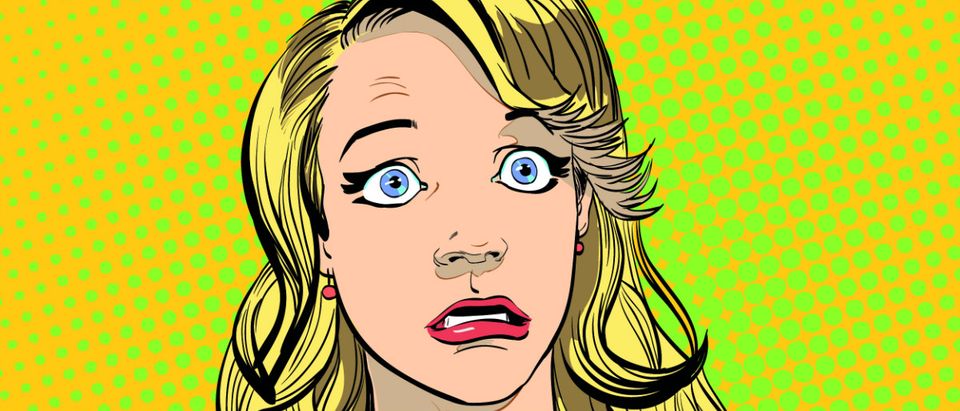Missouri State University sponsored an hour-long event last week dedicated to the various ways fringe feminist activists can misspell the word “woman.”
The event, entitled “Womyn, Wymen,” was held in the taxpayer-funded school’s Multicultural Resource Center Annex, reports The Standard, Missouri State’s newspaper.
Yvania Garcia-Pusateri, the executive director of Missouri State’s five-employee Multicultural Programs staff, led the event.
Garcia-Pusateri kicked off by asking attendees — all of them female — to announce the gender pronouns they prefer.
“We introduce our gender pronouns as a way to normalize gender identity,” she explained, according to The Standard. “It’s not always the traditional binaries of ‘she, her, hers.’ Being a woman is very fluid.”
Garcia-Pusateri then introduced several different ways feminists have invented to misspell the word “woman.”
The possible misspellings include “womyn,” “womxn,” “womban,” “wimmin.” There’s also the term “femme” — which means a conspicuously feminine lesbian, according to Urban Dictionary.
The first time the wrong spelling “womyn” appeared in print was at the Michigan Womyn’s Music Festival in 1976, a handout provided by Garcia-Pusateri asserted.
Obviously, the intention of the misspelling “womyn” is to avoid spelling “women” with the word “men.”
The Michigan Womyn’s Music Festival — held in a small wooded area in a rural county until 2015 — faced criticism from transgender people for maintaining a policy that only “womyn-born-womyn” could attend.
The word “womyn” is now associated with white, liberal feminists, Garcia-Pusateri instructed.
In its place, the word “womxn” has come into vogue.
“Womxn” somehow manages to encompass “womxn-of-color,” “trans-womxn” and people who otherwise decide to identify as “womxn.”
“The different spellings makes you ask, ‘What does that mean about inclusivity?’ ‘What does that mean in a historical context?'” said Garcia-Pusateri, who says she is straight and that she identifies herself as a “womxn.”
The discussion then turned to various waves of feminism from the 1960s to the current day.
The current wave of feminism — third-wave feminism — is “more intersectional and more individualized,” Missouri State graduate student Hiba Abdeljalil told The Standard. “It’s focusing more on individuality and what it means to be a feminist within that individual. So for some people it does have intersecting identities, and for others, it’s just white women.”
In case you aren’t up to speed on the current lingo among campus radicals, the term “intersectionality” means the study of links — “intersections” — between different forms of oppression and discrimination. The idea is to bind different activists together. Frequently, however, the concept tends to lead to friction because various fringe activists accuse others of putting insufficient focus on their particular, obscure causes. (RELATED: The Dictionary Of The Modern Campus Activist)
Also, as an aside, feminism has experienced a new and different wave about every 15 years.
Garcia-Pusateri urged attendees to take “the extra step” of “understanding the power of language and spelling,” according to the Missouri State student newspaper.
Follow Eric on Twitter. Like Eric on Facebook. Send education-related story tips to erico@dailycaller.com.


